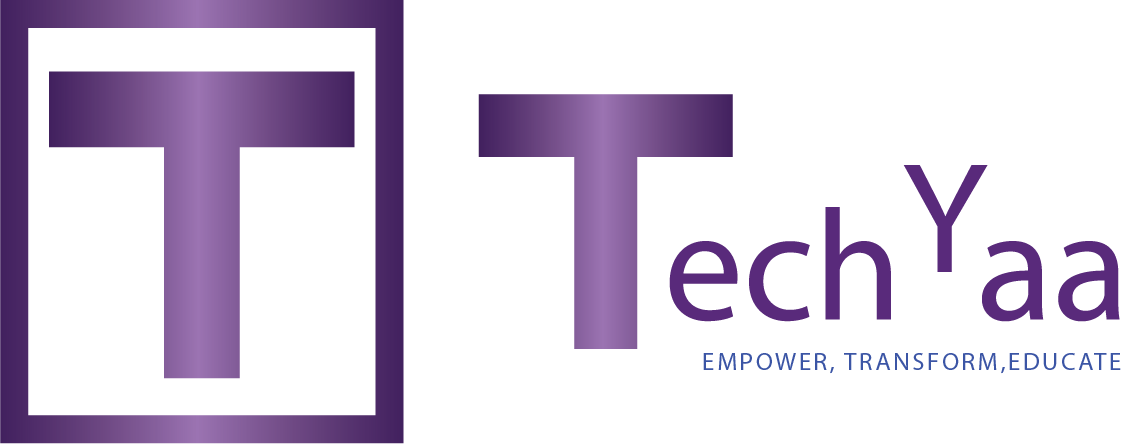Ethereum , Blockchain technology has evolved significantly since its inception, with Ethereum at the forefront of innovation. In this article, we delve into Ethereum 2.0, exploring its features, benefits, challenges, and implications for the future of blockchain technology.
Introduction to Ethereum 2.0
Ethereum 2.0, also known as Eth2 or Serenity, represents a major upgrade to the Ethereum blockchain network. It aims to address key issues such as scalability, security, and sustainability, paving the way for greater adoption and efficiency in decentralized applications.
Understanding Blockchain Technology
Blockchain is a distributed ledger technology that enables secure and transparent transactions across a network of computers. Each block contains a record of transactions, which are cryptographically linked to form a chain.
What is blockchain?
Blockchain is a decentralized database that records transactions in a secure and transparent manner.
How does blockchain work?
Blockchain relies on consensus mechanisms to validate transactions and secure the network, eliminating the need for intermediaries.
Challenges with Ethereum 1.0
While Ethereum 1.0 revolutionized decentralized applications, it faced scalability issues and consumed significant amounts of energy due to its proof-of-work (PoW) consensus mechanism.
Scalability issues
Ethereum’s limited transaction throughput hindered its ability to scale effectively, leading to congestion and higher transaction fees.
Energy consumption
The PoW algorithm used in Ethereum 1.0 required substantial computational power, resulting in high energy consumption and environmental concerns.
🚀 What Is Ethereum 2.0?
Ethereum 2.0 introduces a new consensus mechanism called proof of stake (PoS), which offers several advantages over PoW.
Key features and improvements:
Proof of Stake vs. Proof of Work
Proof of stake (PoS) is a consensus mechanism where validators are chosen to create new blocks based on the number of coins they hold and are willing to “stake” as collateral.
Differences between PoS and PoW
PoS relies on validators to create and validate blocks, whereas PoW requires miners to solve complex mathematical puzzles to validate transactions.
Advantages of PoS
PoS is more energy-efficient and scalable than PoW, as it doesn’t require vast amounts of computational power.
Scalability and Security Enhancements
Ethereum 2.0 introduces several architectural changes to improve scalability and security.
- Shard chains: Ethereum 2.0 divides the network into smaller chains called shard chains, allowing parallel transaction processing and increasing throughput.
- Beacon chain: The beacon chain serves as the backbone of Ethereum 2.0, coordinating validator activity and managing the consensus process.
Transition from Ethereum 1.0 to Ethereum 2.0
The transition from Ethereum 1.0 to Ethereum 2.0 occurs in multiple phases, each introducing new features and functionalities.
Phases of the transition
The transition begins with the launch of the beacon chain, followed by the gradual introduction of shard chains and other upgrades.
Expected timeline
While the transition to Ethereum 2.0 is ongoing, developers are working tirelessly to ensure a smooth migration process.
Implications of Ethereum 2.0
Ethereum 2.0 has far-reaching implications for the future of blockchain technology and decentralized applications.
- Impact on scalability and transaction speeds: With increased throughput and reduced congestion, Ethereum 2.0 opens up new possibilities for decentralized finance, gaming, and digital identity.
- Environmental benefits: By transitioning to proof of stake, Ethereum reduces its carbon footprint and contributes to a more sustainable blockchain ecosystem.
Applications and Use Cases
Ethereum 2.0 unlocks a wide range of applications and use cases, including smart contracts, decentralized finance (DeFi), and decentralized autonomous organizations (DAOs).
Community and Developer Support
The Ethereum community is actively involved in the development and implementation of Ethereum 2.0, showcasing its commitment to innovation and decentralization.
Challenges and Concerns
While Ethereum 2.0 offers numerous benefits, it also presents challenges and concerns that need to be addressed.
- Potential risks and vulnerabilities: As with any technological upgrade, Ethereum 2.0 may face security risks and vulnerabilities that require constant monitoring and mitigation.
- Regulatory considerations: The regulatory landscape surrounding blockchain and cryptocurrencies continues to evolve, posing challenges for widespread adoption and compliance.
Ethereum 2.0 represents a significant milestone in the evolution of blockchain technology, offering scalability, security, and sustainability on a global scale. As the transition progresses, Ethereum is poised to revolutionize decentralized applications and redefine the future of finance and technology.




